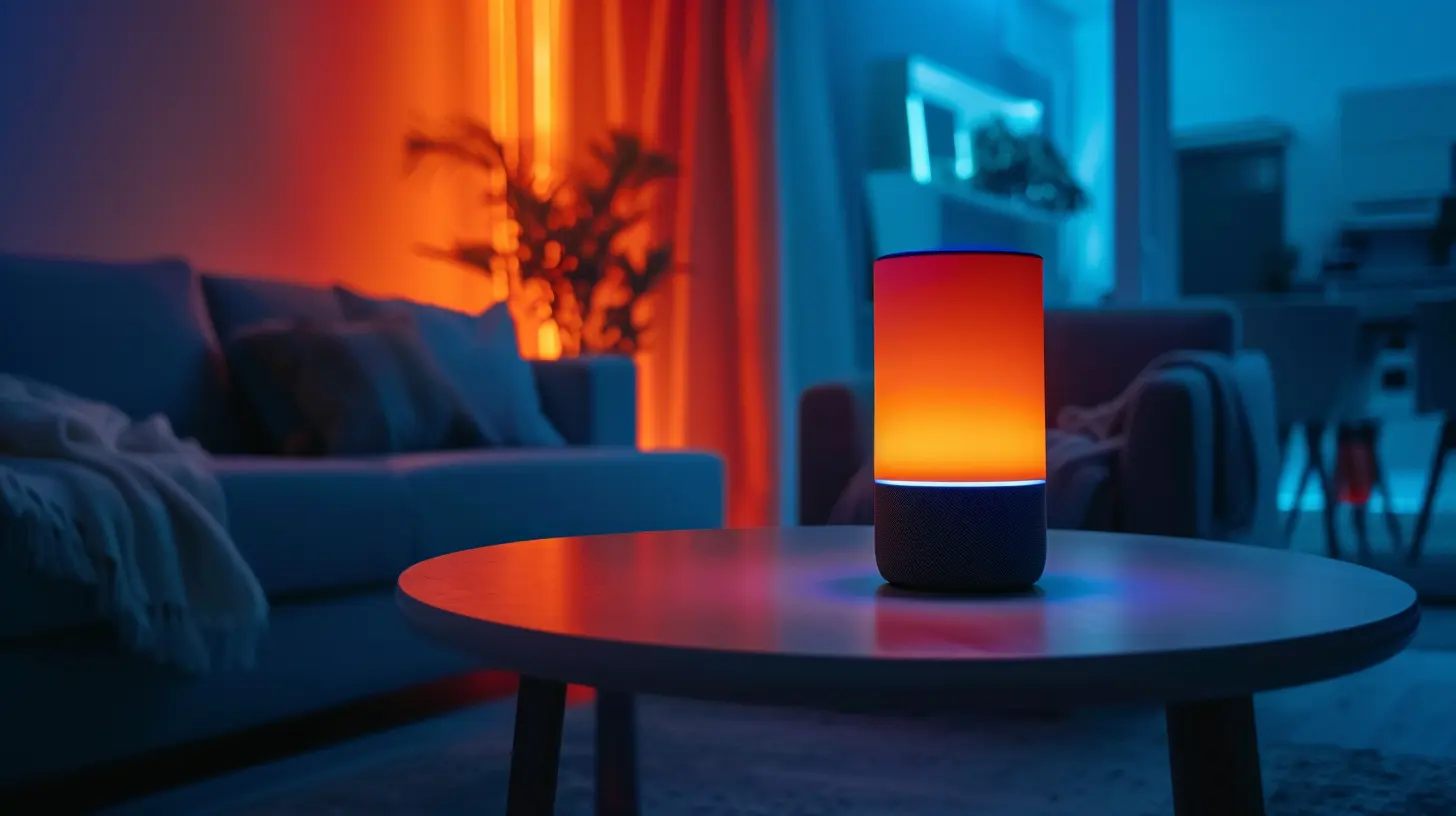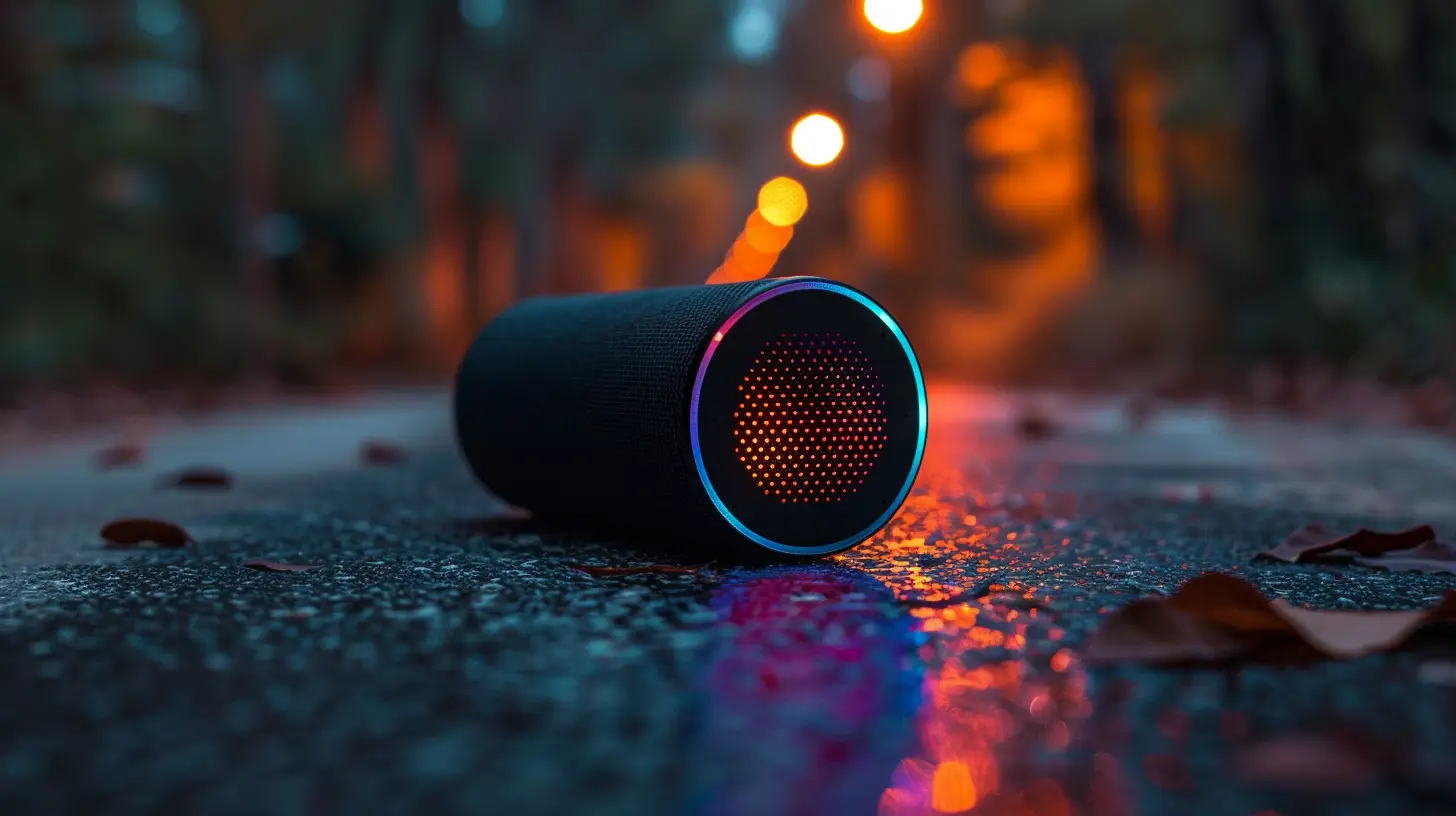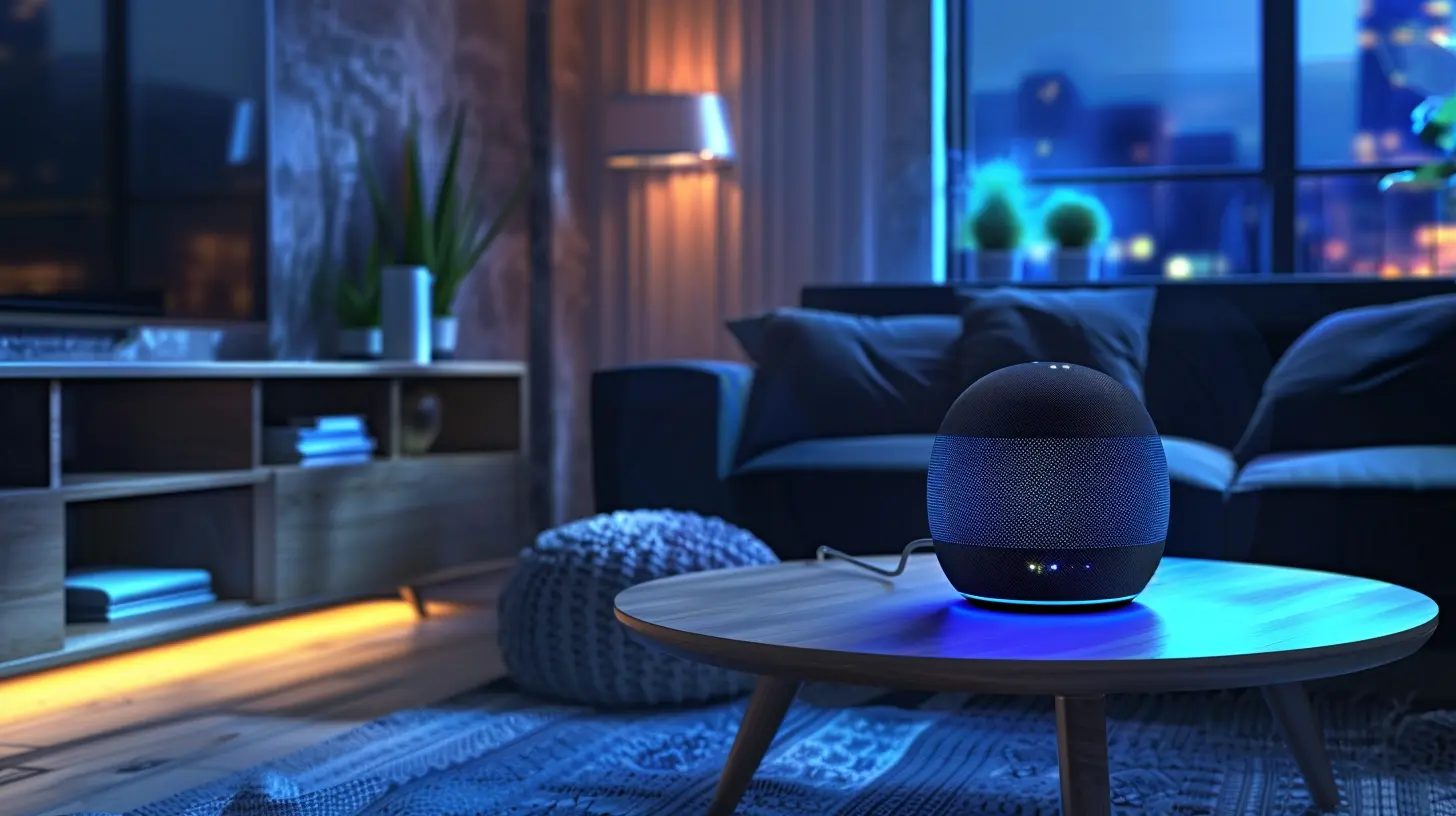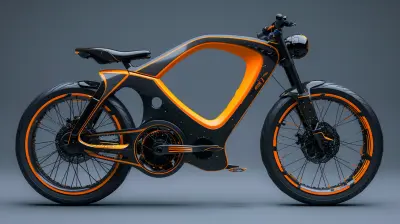How Voice Assistants are Powering the Future of Hands-Free Computing
23 August 2025
We’ve all had those moments—coffee in one hand, phone in the other, and suddenly you need to check the weather, set a reminder, or fire off a quick text. Enter voice assistants. These digital companions are becoming a crucial part of how we interact with technology, and frankly, they’re changing the game.
Voice assistants like Alexa, Siri, Google Assistant, and Cortana are far from the robotic, glitchy tools we met years ago. They’ve evolved to become intuitive, responsive, and surprisingly helpful. Whether you're setting alarms, automating your home, or even managing entire business workflows, voice tech is reshaping how we compute—without ever having to lift a finger.
So let’s dive deep into how voice assistants are powering the future of hands-free computing—because trust me, we're just getting warmed up.
What Exactly is a Voice Assistant?
In simple terms, a voice assistant is AI-based software that processes voice commands and performs tasks. You talk, it listens and acts—just like having a really smart roommate, minus the rent.Think of it as your personal tech concierge. Only, it doesn’t sleep, doesn’t eat your snacks, and (hopefully) never argues back.
These assistants use Natural Language Processing (NLP) and machine learning to understand your speech, interpret it in context, and learn over time to get even better at helping you. The more you use them, the smarter they get.
From Convenience to Necessity
At first, voice assistants were a cool novelty—asking Siri to tell a joke or asking Alexa for the weather was fun. But now? They’ve moved from being "nice-to-have" to straight-up essential.Here’s why:
- Speed and efficiency: Speaking is faster than typing. Period. You can ask questions, set timers, or send texts in a fraction of the time.
- Accessibility: For people with physical disabilities or vision impairments, hands-free computing enabled by voice assistants is more than convenient—it's empowering.
- Multitasking: Whether you’re cooking, driving, or chasing toddlers, voice assistants let you stay productive while your hands are busy elsewhere.
The Technology Behind the Magic
Alright, let’s nerd out for a second (just a little). How do these voice assistants actually work?They use a cocktail of cool tech:
1. Automatic Speech Recognition (ASR)
This converts your spoken words into text. It's the first step—and it better be accurate, or things go south quickly. (Ever tried texting with voice and ended up with total gibberish? Yeah, not fun.)2. Natural Language Processing (NLP)
Once your speech is turned into readable text, NLP comes into play to understand what you actually meant. There’s a big difference between “Call mom” and “Call bomb”.3. Machine Learning
This is what lets your assistant “learn” from you. Over time, it gets better at recognizing your voice, preferences, and frequent requests.4. Text-to-Speech (TTS)
When the assistant talks back, it uses TTS to convert the response into human-like speech. The smoother and more natural it sounds, the easier it is for us to embrace it.
Voice Assistants in Action: Where They’re Changing the Game
Let’s talk real-world applications. Voice assistants are not just in your phone anymore. They’re spreading out—and fast.1. Smart Homes
If you've ever said, "Alexa, turn off the lights," you know how liberating it is not to fumble for a switch in the dark. Smart plugs, thermostats, security systems—all controllable via voice. Hands-free living is no longer sci-fi.2. Automotive Integration
Voice assistants are now your co-pilots. From getting directions to sending texts while driving, they’re making roads safer by minimizing distractions.3. Healthcare
Doctors can now dictate notes using voice tech. Elderly patients can interact with systems to get reminders for medication or even conduct a quick health check-in—all with just their voice.4. Work Productivity
Need to schedule a meeting or set a reminder during a Zoom call? No problem. Voice assistants like Google Assistant are acting like mini virtual assistants, keeping us on track.5. Retail and Shopping
Ask Google to reorder your favorite coffee, or tell Alexa to add items to your shopping list. It's frictionless, quick, and increasingly personalized.The Growing Role of Voice in the Internet of Things (IoT)
Think of the Internet of Things (IoT) as a web of smart devices that talk to each other. Now add voice into the mix, and suddenly your voice becomes the master key.Your fridge can tell you when you’re low on milk. Your washing machine can start a load when you say “Go.” Heck, there are even voice-controlled toilets now (yes, really).
The voice assistant is becoming the universal remote for our lives.
Challenges Voice Assistants Still Face
Now, let's be real—voice assistants aren't perfect. There’s still some way to go.1. Privacy Concerns
The elephant in the room. When your device is always "listening," where's the line between convenience and invasiveness? Companies are improving security, but skepticism remains—and rightly so.2. Speech Recognition Accuracy
Accents, background noise, and unique phrases can throw off even advanced systems. Ever asked for “The Beatles” and got “The Beagles”? Happens more than you’d think.3. Limited Understanding of Context
Voice assistants are still not great at holding long, contextual conversations. They can answer, but they can’t really "talk" yet (unless you're into those awkward chatbot convos).The Future Looks (Voice) Activated
So where are we headed? The voice tech revolution is far from over—it’s just getting its voice warmed up.Here are a few trends to watch:
1. Voice as a Primary Interface
As devices shrink and screens become optional, voice will be the go-to way to interact. Think wearables, AR glasses, and even tech woven into your clothes.2. Multilingual & Regional Language Support
Voice assistants are expanding their vocabulary—literally. Better support for various dialects and languages will make them even more inclusive.3. Smarter Contextual Interaction
Future voice assistants will remember your preferences, tone, and even your mood to offer more personalized experiences. It’ll know when to be chatty and when to just get things done.4. Deeper Integration in Enterprises
Imagine voice-controlling dashboards, sending reports, or even crunching numbers—all in fast, natural language. Businesses are starting to see how much time and effort this can save.Voice Assistants and Accessibility: Real Social Impact
There’s one aspect that truly makes voice tech revolutionary—its impact on accessibility.For people who deal with mobility issues, visual impairments, or even cognitive challenges, voice assistants are empowering in ways keyboards and screens never could be. They're enabling individuals to access technology, services, communication, and entertainment—without needing traditional input methods.
This isn’t just tech advancement—it’s a human leap forward.
How to Get the Most Out of Your Voice Assistant
Want to level up your voice assistant game? Here are a few tips:- Train it: Spend a little time helping it recognize your voice better.
- Use routines: Create custom commands that trigger multiple actions ("Good morning" can turn on lights, play the news, and start your coffee maker).
- Connect it: Link it to your smart devices—lights, plugs, thermostat, doorbell cameras, etc.
- Keep learning: Assistants evolve. New skills and integration options get released all the time.
Will Voice Replace Touch and Type?
Maybe not completely—but it’s definitely taking a front seat.Typing and tapping are great. But nothing beats the immediacy and ease of just saying what you want and getting an instant response. It’s like having your very own JARVIS—only without the Iron Man suit (for now).
Voice isn’t coming for your keyboard. It’s simply giving us another, often better, choice. One that's faster, smarter, and in many cases—safer.
Final Thoughts
Voice assistants are more than just digital conveniences. They're the beginning of a paradigm shift in how we interact with technology. From helping with daily chores to improving accessibility, boosting productivity, and integrating into smart ecosystems—voice is becoming the new interface.Hands-free computing isn’t some futuristic dream. It’s already here, growing more sophisticated every day, and silently (well, not that silently) reshaping the way we live, work, and communicate.
So next time you say, “Hey Google” or “Alexa,” remember—you’re not just talking to a device. You’re speaking to the future.
all images in this post were generated using AI tools
Category:
Voice AssistantsAuthor:

Pierre McCord
Discussion
rate this article
1 comments
Jordan O'Brien
Voice assistants are revolutionizing hands-free computing by enhancing accessibility and productivity. With advancements in natural language processing and AI, users can seamlessly interact with devices, complete tasks, and access information efficiently. This technology is reshaping user experiences and driving innovation across numerous industries.
September 9, 2025 at 3:21 AM

Pierre McCord
Thank you for your thoughtful comment! I completely agree—voice assistants are indeed transforming how we interact with technology, making it more accessible and efficient for everyone. Your insights highlight the profound impact of these advancements across various sectors.


